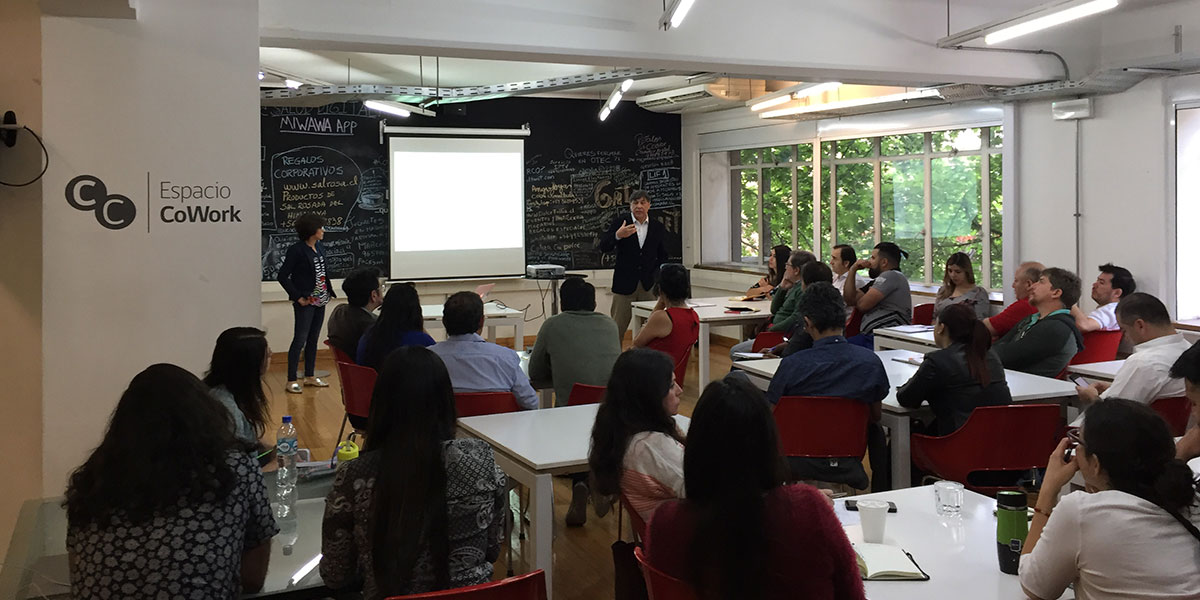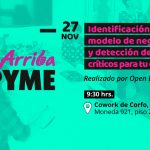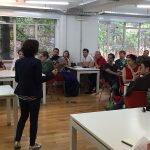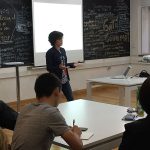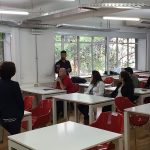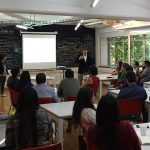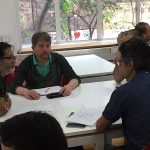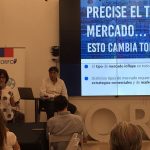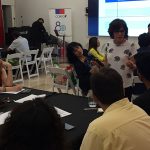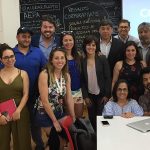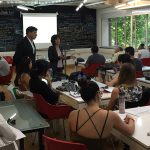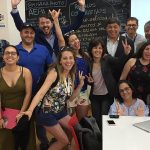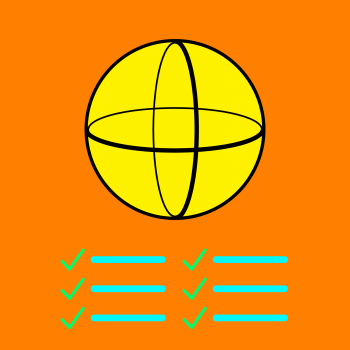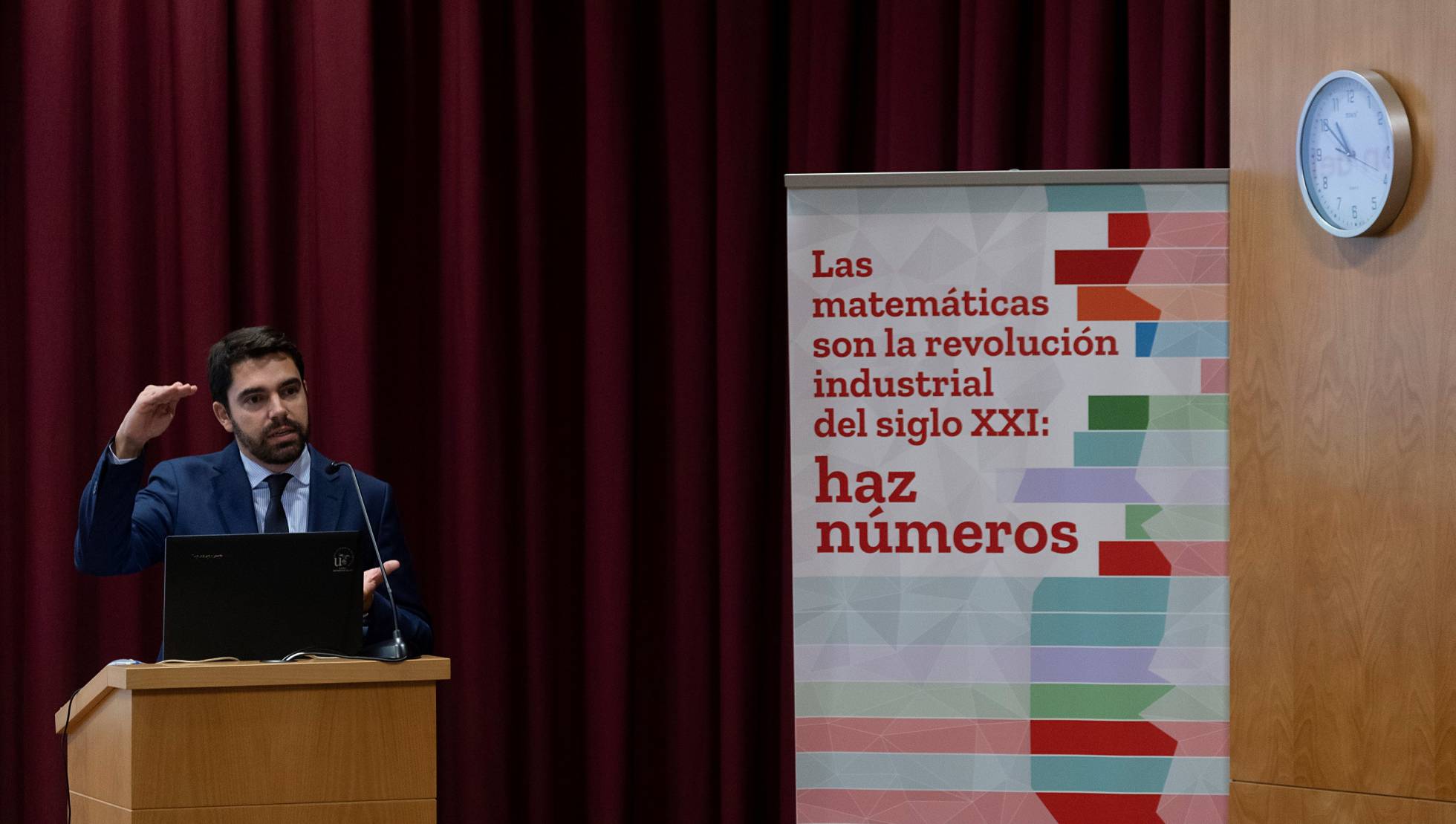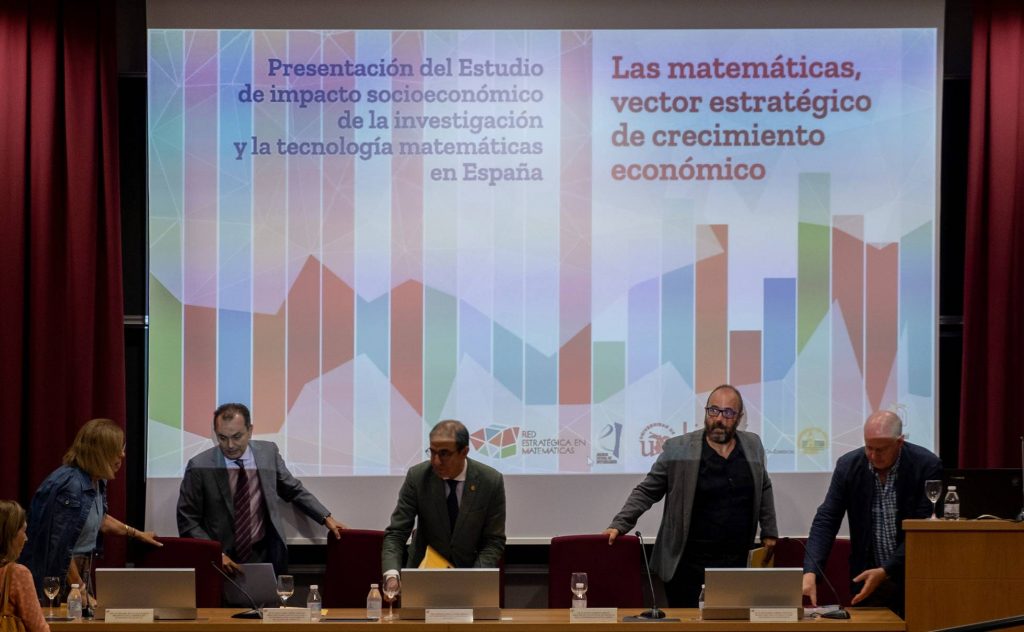An experiment in which humans and AI augmented each other’s strengths demonstrates how leaders can reimagine processes to create greater business value and prepare for the next wave of innovation.
In the longstanding argument about whether AI will replace or complement human beings, the new watchword is symbiosis. Most recently, Elon Musk used the term to describe how a brain implant might merge human and digital intelligence. But you don’t need to go full cyborg to achieve a mutually beneficial relationship between humans and AI. Instead, you can reimagine worker roles and business processes to enable people and AI to collaborate and achieve something greater together than they could apart.
Given the swell of fear and questions around AI — from how many jobs will be lost to who will train these new systems — the question of how to achieve human-machine collaboration has taken on new urgency. After all, these mutually beneficial relationships, focused on augmentation rather than displacement, stand to boost business value while lessening risk of people losing jobs.
In order to create a symbiotic AI workforce, organizations will need to use human-centered AI processes that motivate workers, retrain them in the context of their workflow, and shift the focus from automation to collaboration between humans and machines.
To test that proposition, our company’s innovation hub in Dublin, Ireland, conducted an experiment designed to see how human workers might augment the work of an existing AI system and embrace their new roles as AI trainers.
Evolving the AI Trainer Role
Working with a team of design, data, and software experts, and medical coders, we designed, built, and tested a software interface that enabled the medical coders to move from simply using AI to improving it, taking on the tasks of an AI Trainer, a role that teaches AI how to perform and iterate.
Medical coders analyze a patient’s medical chart, taking complex information about diagnoses, treatments, medications, and more, which is translated into alphanumeric codes that are submitted to billing systems and health insurers. This coding is critical not only for billing and reimbursement but also for patient care and epidemiological studies.
At the location where the experiment took place, an AI system had recently been put in place to assist medical coders in examining patient charts. Previously, medical coders read through charts and highlighted relevant information with a pen. AI took some of the heavy lifting out of this process by scanning the charts and finding information about drug treatments to support insurance payments.
We saw the opportunity for the medical coders, who are registered nurses, to further apply their expertise by training the AI system so it could more accurately validate genuine links between medical conditions and treatments. The duty of updating the AI links had until then fallen to a data scientist, who would look for patterns in the manual inputs from the medical coder experts and update the knowledge database accordingly. In the experiment, however, a new and simple-to-use interface allowed the coders to apply their medical expertise (and some basic statistical concepts) to update and validate the links in the AI database.
The resulting symbiotic system enabled the humans and the AI to each work to their strengths. With AI thriving at repetitive, straightforward tasks at high volume and accuracy, the coders were allowed to focus their skills and attention on the more complex cases that require domain expertise, decision-making, and critical analysis.
As their understanding of AI grew, the coders were able to make coding decisions that were beyond the scope of a non-medically trained data scientist. Achieving better outcomes than either the coders or AI system could independently, this workflow not only generates more value in the short term but also holds promise for longer-term improvements in patient care, based in part on the complex connections that coders make.
Enabling Human + AI Collaboration in the Enterprise
Though small in scale, the experiment has big implications for leaders, workers, data scientists, and managers seeking to shape the AI systems and jobs of the future. Turning workers who are merely consumers of AI into producers of AI results in processes that produce outputs of ever-increasing value.
To create these exponentially more valuable symbiotic systems, organizations should keep in mind these basic principles that emerged from our experiment:
Challenge the assumption that AI is always superior to humans. Leaders as well as workers often uncritically accept that assumption. In our experiment, the medical coders initially thought that human colleagues were making errors that were in fact attributable to AI. But as they continued to work with AI and understand its power and limitations, they came to recognize the source of the errors and how to address them. Rather than supplanting human skills, such collaborative systems can increase the value of those skills and improve the performance of AI.
Be open and transparent with workers about your plans for AI and its impact on their future. As we move to a more AI-enabled workforce, not everyone will welcome changes in their roles, skills, and responsibilities — especially when their livelihood is at stake. Workers are much more likely to embrace symbiotic systems than stand-alone AI designed to supplant people. When developing symbiotic systems, help workers who are not familiar with AI to develop a positive relationship with it. In our experiment, medical coders often referred to the AI they were training as a child to whom they were teaching new things.
Harness the intrinsic motivations of workers. The symbiotic medical coding system was designed to draw on the nurses’ desire to apply their medical knowledge. As a result, they felt committed to their new roles, in control of their work, and masterful at it. After working as trainers with the system, eight of the nine medical coders felt more positive about working with AI on a daily basis, and two-thirds felt positive about future job opportunities. Overall, they were motivated both to learn new technical skills and to further enhance their medical knowledge, which points to potential benefits for AI-enabled businesses.
Invest in people. When we think of investing in AI, we tend to think of technology first. That’s important, but people will drive the value for your business. Investing in your employees so they can build AI relationships into their roles is a long-term strategy that can unlock previously untapped expertise and value in your workforce.
For example, AI trainers are one of three new categories of AI-driven business and technology jobs, but many large companies are outsourcing the role. By contrast, our experiment enabled existing employees to apply their skills in a new way to train AI without the need for outsourcing. Further, technical re-skilling was not a prerequisite of working with the new system. In fact, with the right design, AI can be positioned as an easy-to-use tool that enables employees to do their job better.
Focus on function, not sophistication. Successful symbiotic systems will put simplicity before sophistication and value transparency and ease of use over complexity. Data scientists and designers will need to work together closely to create human-centric, symbiotic AI systems that enable human experts, like the nurses in our experiment, to train and continuously improve the systems without extensive training themselves. Meanwhile, data scientists — a scarce resource likely to grow scarcer — can use their time and talents to identify additional business opportunities in an organization’s processes rather than operating and maintaining existing AI systems.
Cocreate and experiment. Once you have identified the process or workflow where people and AI can work symbiotically, make sure all stakeholders work and experiment together from the start. Have designers and data experts collaborate as early as possible to ensure a useful and usable system. Engage users and cocreate with them to make sure their needs and motivations are heard and incorporated into design decisions. Assess how people use the system and measure not just productivity but also the qualitative aspects of the experience. Gather feedback from users; and if you see burnout, boredom, or dislike arising, then react and redesign as needed.
Looking To the Future
Relentless automation that bypasses human input is proving to be a short-term and unsatisfactory application of AI. At the operational level, an exclusive focus on automation leads to inflexible, brittle business processes. Worse, leaving people out of the loop forgoes a rich source of added value and squanders the expert knowledge the organization maintains. Worst of all, it cedes the future to competitors who choose to build symbiotic systems in which humans and machines continually improve each other’s performance.
To build such systems, organizations need to take the long view. With AI washing over virtually every industry these days, leaders are understandably eager to catch the wave in the short term. But they need to ask themselves how to position their workforce to harness the waves to come. That means thinking about and investing in roles and responsibilities that are three to five years away.
By taking this long view, coupled with a willingness to experiment, managers can make space for creativity, test for stakeholder buy-in, and design processes and jobs for maximum collaborative intelligence. As AI and humans get smarter by working together, the system grows organically in the hands of those who work with it most closely. By embracing symbiotic processes, the organization fulfills its ethical obligation to its most valuable asset — its people.



